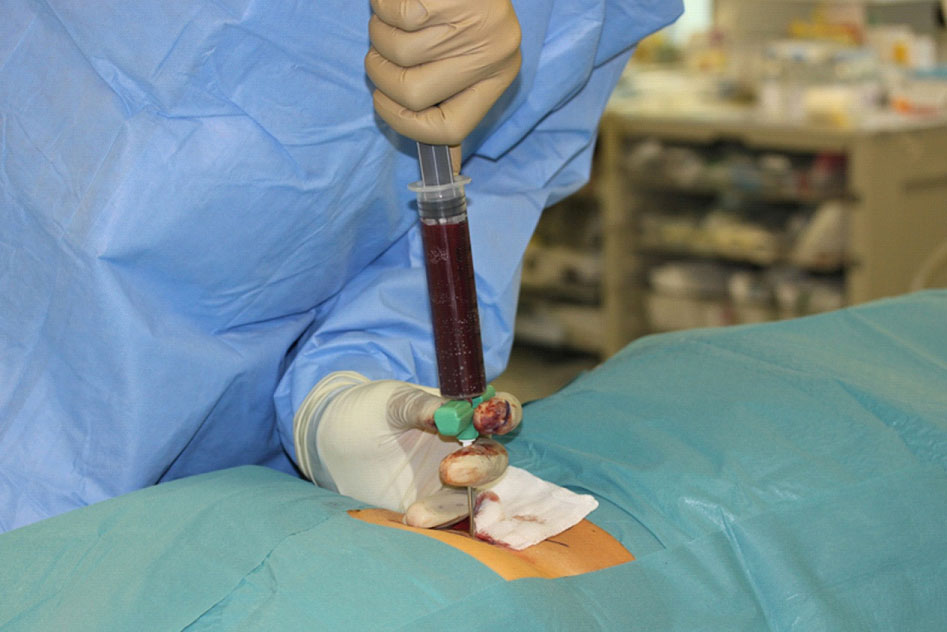What you need to know about Bone Marrow Aspiration
Contents
- 1 What you need to know about Bone Marrow Aspiration
- 2 What does the Procedure Involve?
- 3 How Long Should I Stay in at my Destination?
- 4 What’s the Recovery Time?
- 5 What About Aftercare?
- 6 What’s the Success Rate?
- 7 Are there Alternatives to Bone Marrow Aspiration?
- 8 What Should You Expect Before and After the Procedure
Bone marrow aspiration is a procedure that involves taking a sample of the fluid and cells from inside the bone marrow through a needle. It is used to examine bone marrow – the spongy tissue that is present inside some of the larger bones, such as the hips, ribs, and breastbone. The bone marrow produces red blood cells, white blood cells, and platelets.
Bone marrow aspiration can give detailed information about the condition of your bone marrow and blood cells. Your doctor may suggest you undergo bone marrow aspiration to:
-
Diagnose a condition or disease that involves the bone marrow or blood cells
-
Check metabolism and iron levels
-
Determine the progression or stage of a disease
-
Monitor treatment of a disease
-
Investigate a fever that has an unknown cause.
Bone marrow aspiration can also be used for, including:
-
Anemia
-
Bone marrow diseases, such as myelodysplastic syndrome and myelofibrosis
-
Bone marrow or blood cancer, such as leukemia or Lymphoma
-
Blood cell conditions, such as polycythemia vera or leukopenia
-
Infection, particularly chronic conditions such as tuberculosis
-
Hemochromatosis
-
Storage diseases, such as Gaucher’s disease or amyloidosis.
Typically, bone marrow aspiration is performed at the same time with a bone marrow biopsy. A bone marrow biopsy involves taking a sample of the solid portion of the bone marrow, instead of the fluid portion.

What does the Procedure Involve?
Before bone marrow aspiration begins, you will be given local anesthesia. This will numb the area where the aspiration will be done, usually in the chest bone or at the top ridge of the rear of your hip bone.
Your doctor will start the procedure by making a small incision in the area where the aspiration will be performed. Then a hollow needle will be inserted through the bone and into the bone marrow. Afterward, your doctor will take a sample of the liquid portion of the bone marrow using a syringe that is attached to the needle. When your doctor takes the sample, you may feel a brief sharp pain.
Once enough samples have been taken, your doctor will bandage the site. If the procedure is combined with bone marrow biopsy, the biopsy will be performed after aspiration.
How Long Should I Stay in at my Destination?
You can leave the hospital on the same day as your bone marrow aspiration. However, since it may take a few days until your doctor gives you the results of your bone marrow aspiration, it is recommended that you stay in the area for at least a week.
What’s the Recovery Time?
You may feel slight pain for around a week following the bone marrow aspiration, but you may be able to return to your normal activity as soon as you feel up to it. Generally, most people can return to work and resume their normal activities within 1-2 days after the procedure.
What About Aftercare?
After bone marrow aspiration, you will need to wear a bandage and keep it dry for about 24 hours. You cannot take a bath or shower for at least 24 hours.
It is important to get enough sleep during your recovery period as it will help you recover faster. If your doctor prescribed pain medicine, make sure to take it as directed. If you take aspirin or other blood thinners, ask your doctor when you can start taking it again.
You can put ice or a cold pack on the site for about 10 to 20 minutes at a time. Be sure to put a thin cloth between your skin and the ice.
What’s the Success Rate?
Studies have shown that bone marrow aspiration is a safe and useful procedure. While the procedure is very safe, it does carry some risk. The possible risks and side effects are:
-
Excessive bleeding, especially in people who have low numbers of platelets.
-
Infection, particularly in people with a weakened immune system.
-
Long-lasting discomfort
-
Allergic reaction to anesthesia.
If you experience any of the condition below, contact your doctor immediately:
-
A persistent fever
-
Bleeding that soaks through the bandage
-
Bleeding that does not stop with direct pressure
-
Worsening discomfort or pain
-
Increasing redness and swelling at the procedure site
Are there Alternatives to Bone Marrow Aspiration?
Sometimes, your doctor may suggest you undergo bone marrow biopsy instead of undergoing both procedures. Other tests, such as complete blood count (CBC) and blood smear, can be the alternatives. However, in most cases, your doctor will still suggest a bone marrow aspiration even after these tests.
What Should You Expect Before and After the Procedure
Before bone marrow aspiration, your doctor may not know for sure about your condition. The information obtained From the procedure can help Your doctor rule out or confirm a diagnosis, Decide how well a treatment is working, and figure out how advanced your disease is. Therefore, after the procedure, your doctor will be able to create a treatment or management plan for you.
For an in-depth analysis of a Bone Marrow Aspiration Procedure, watch this short video.
To check prices or to book a Bone Marrow Aspiration Procedure, in Thailand or anywhere else in the world, head on over to MyMediTravel now!

